The Spotted Shadow of the Rainforest

Deep within the Amazon’s green corridors, a magnificent predator moves with silent precision. The jaguar, known scientifically as Panthera onca, represents the ultimate fusion of power and grace in the world’s largest rainforest. These incredible cats have roamed South American landscapes for over two million years, adapting to become the continent’s most formidable hunter.
Unlike their African cousins, jaguars have developed unique characteristics that make them perfectly suited for life in dense jungle environments. Their compact, muscular build allows them to navigate through thick vegetation while maintaining the strength needed to take down prey twice their size. What truly sets them apart is their incredible bite force—the strongest of any big cat, capable of crushing turtle shells and crocodile skulls with ease.
Rosettes That Tell Stories
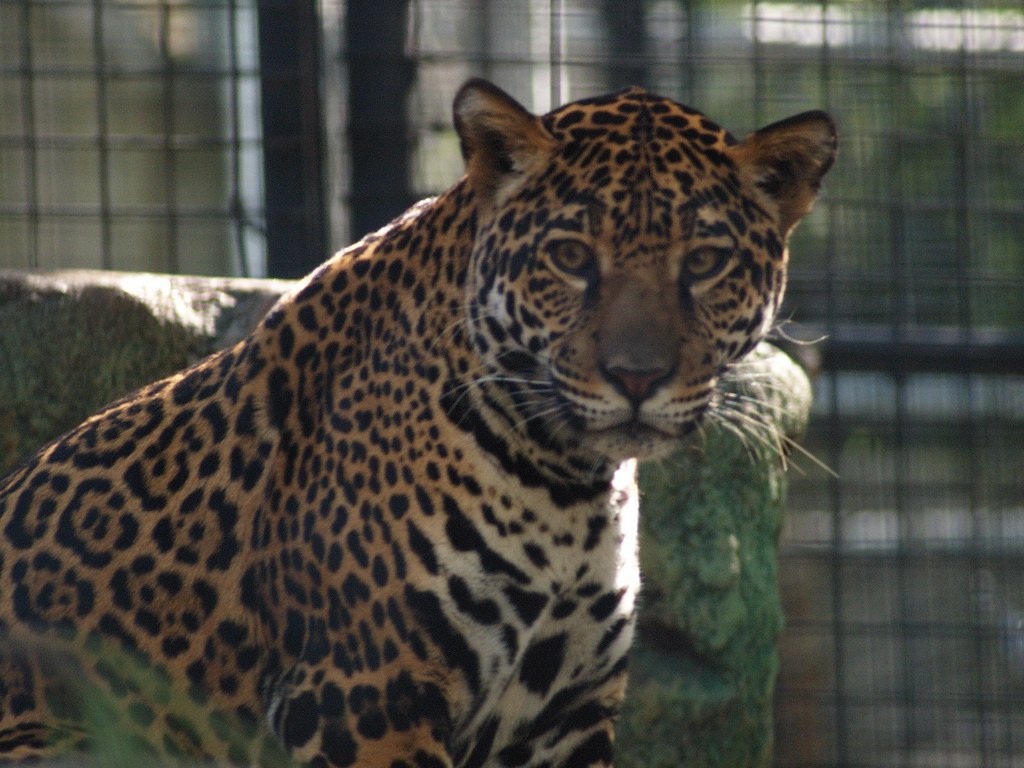
Every jaguar wears a coat that’s as unique as a human fingerprint. These distinctive rosette patterns aren’t just beautiful—they serve as perfect camouflage in the dappled light of the forest floor. Each rosette contains spots within spots, creating a complex pattern that breaks up the cat’s outline among shadows and sunlight.
The golden-yellow base coat with black rosettes is most common, but jaguars display remarkable color variation. Some individuals sport darker, almost bronze coats, while others appear nearly black—these melanistic jaguars are often called “black panthers” though they’re the same species. Under the right light, you can still see the rosette patterns beneath their dark fur, like hidden secrets waiting to be discovered.
Built for the Water World
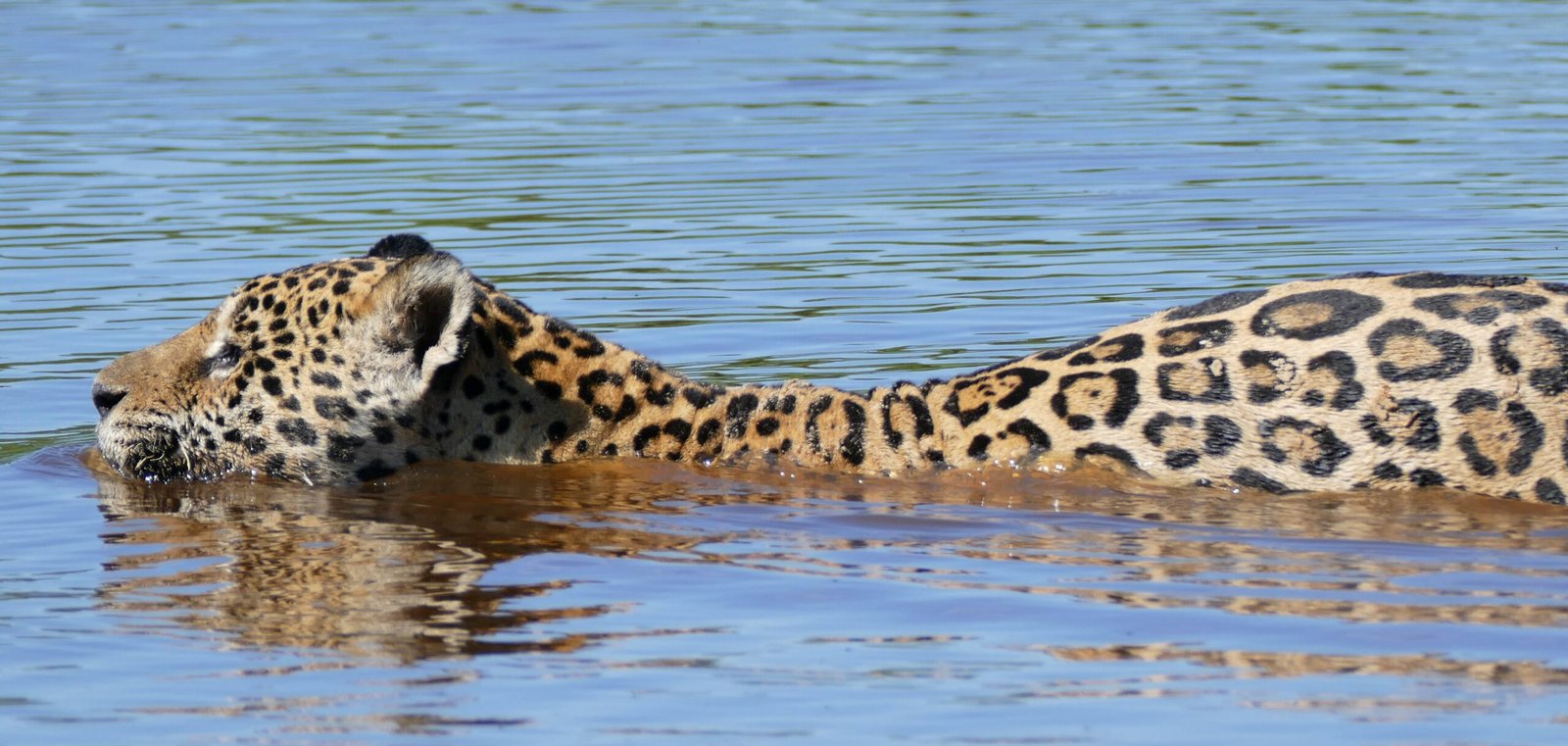
Here’s something that might surprise you: jaguars absolutely love water. While most big cats avoid getting wet, jaguars are exceptional swimmers who actively hunt in rivers and swamps. Their powerful limbs and webbed paws make them incredibly efficient in aquatic environments, where they pursue caimans, fish, and even anacondas.
This aquatic lifestyle has shaped their entire physiology. Their dense bone structure helps them dive deeper, while their powerful jaw muscles allow them to deliver that famous bone-crushing bite even underwater. Watching a jaguar swim is like witnessing a living torpedo—graceful, powerful, and utterly determined.
The Silent Stalker’s Hunting Strategy

Jaguars employ a hunting technique that’s both patient and explosive. They’re ambush predators who can wait motionless for hours, studying their prey’s movements and patterns. When the moment is right, they unleash a burst of speed that can reach 50 miles per hour in short distances.
Their preferred killing method is unique among big cats—they deliver a powerful bite directly to the skull, penetrating the brain with their impressive canine teeth. This technique requires incredible precision and jaw strength, which jaguars possess in abundance. It’s a quick, efficient kill that minimizes suffering for their prey while showcasing the jaguar’s incredible hunting prowess.
Territorial Titans of the Jungle
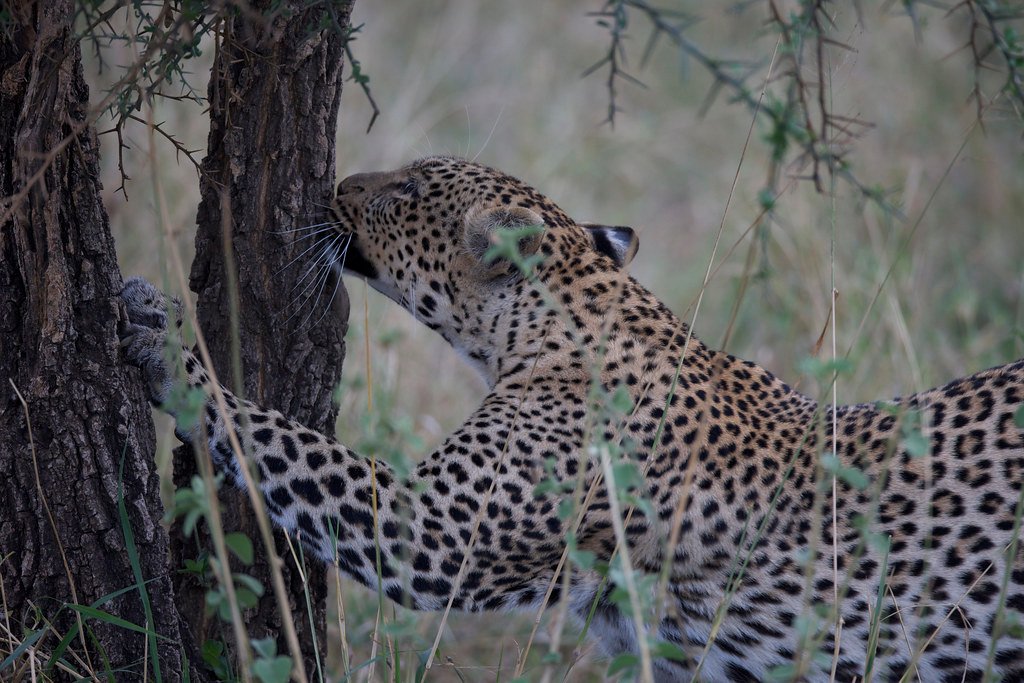
A jaguar’s territory can span anywhere from 2 to 100 square kilometers, depending on prey availability and habitat quality. These cats are fiercely territorial, marking their boundaries with scent markings, claw marks on trees, and distinctive vocalizations. Male jaguars typically maintain larger territories that may overlap with several female territories.
The way jaguars navigate their territories is fascinating—they use established trails and riverbanks as highways, moving with purpose and efficiency. They possess incredible spatial memory, remembering the locations of prey concentrations, water sources, and safe resting spots across their vast domains.
The Roar That Echoes Through Time
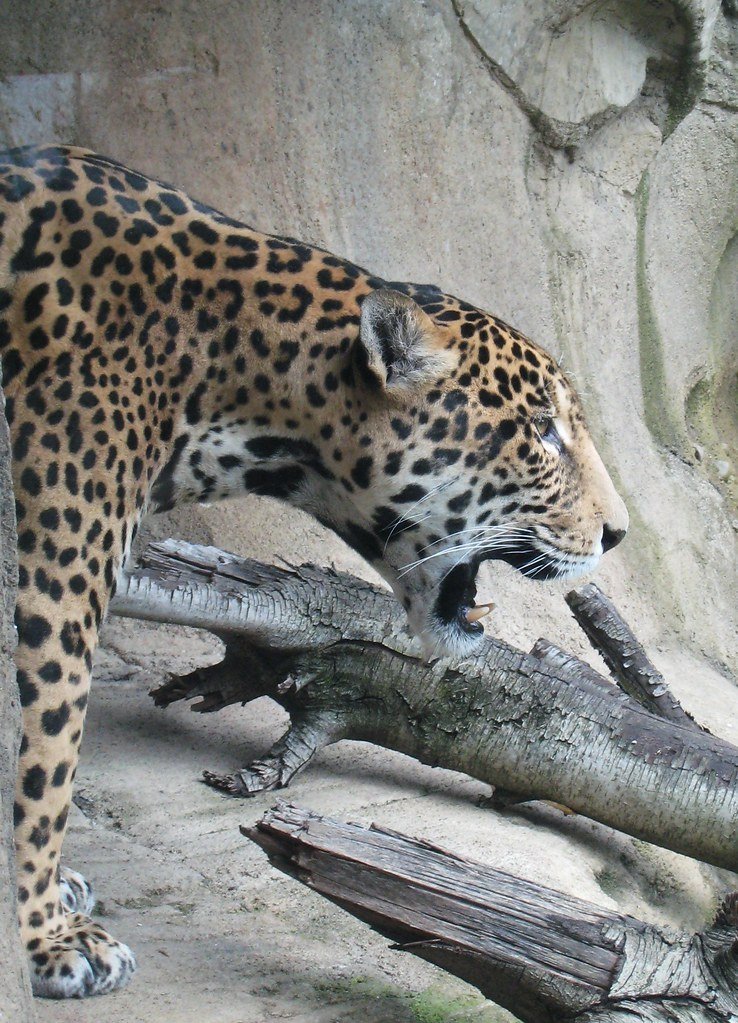
The jaguar’s vocalization is one of nature’s most spine-tingling sounds. Their roar carries for miles through dense forest, serving as both a territorial declaration and a mating call. But jaguars don’t just roar—they produce an impressive variety of sounds including grunts, chuffs, and even purr-like vocalizations when content.
What makes their roar particularly special is its resonance in the forest environment. The sound bounces off trees and water, creating an almost supernatural echo that can be heard from several kilometers away. For indigenous peoples of the Amazon, the jaguar’s roar has always been considered a sacred sound, representing the voice of the forest itself.
Motherhood in the Wild
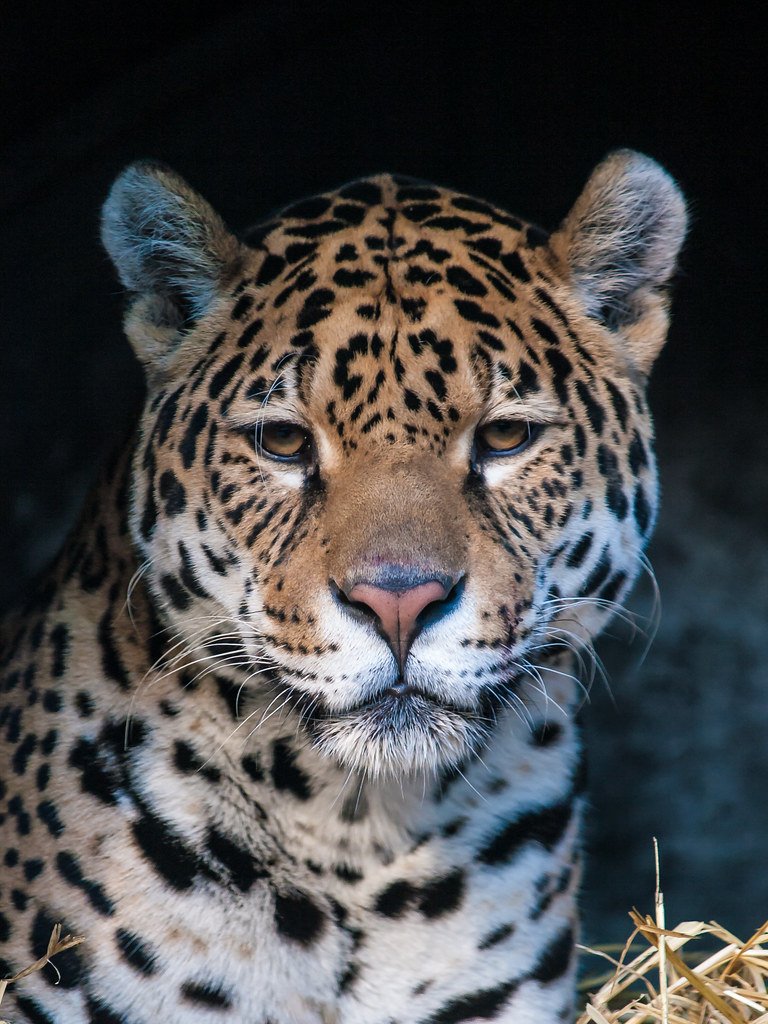
Female jaguars are devoted mothers who raise their cubs alone for up to two years. During this time, she must hunt for herself and her growing family while teaching essential survival skills. Cubs are born blind and helpless, relying entirely on their mother’s protection and milk for the first few months of life.
The mother jaguar’s dedication is truly remarkable. She moves her cubs to different den sites regularly to avoid detection by predators, carries them across rivers on her back, and gradually introduces them to hunting techniques. By 18 months, young jaguars are capable hunters, though they may stay with their mother until they’re ready to establish their own territories.
Masters of Vertical Landscapes
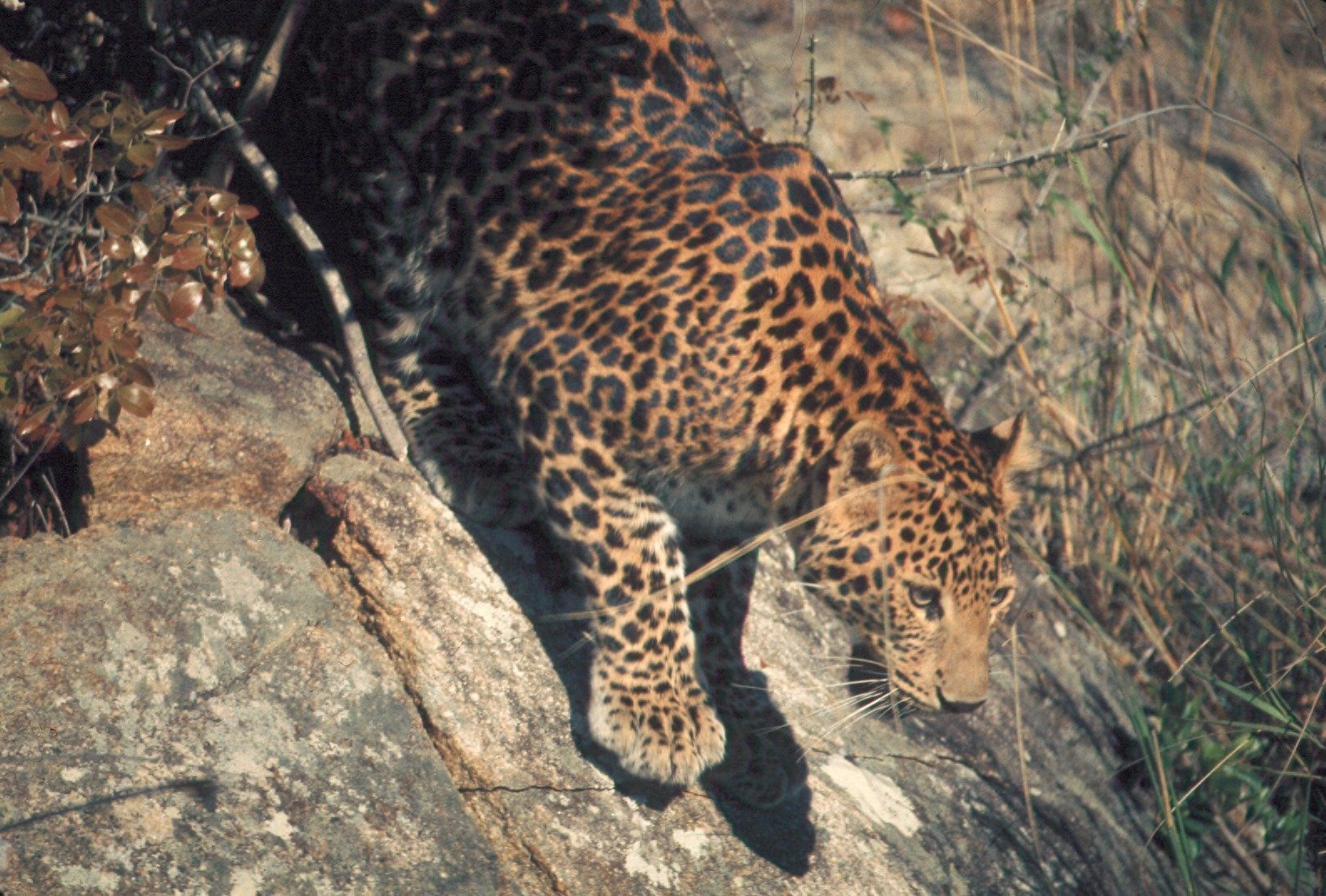
While jaguars are often associated with ground-level hunting, they’re also skilled climbers who utilize the forest’s vertical dimension. Their powerful claws and muscular build allow them to scale trees with surprising agility, especially when pursuing arboreal prey like monkeys or sloths.
Tree climbing serves multiple purposes for jaguars—it provides access to different prey species, offers elevated vantage points for surveying territory, and creates safe resting spots away from ground-level threats. Young jaguars are particularly arboreal, spending considerable time in trees while learning to navigate their complex environment.
The Ecological Keystone
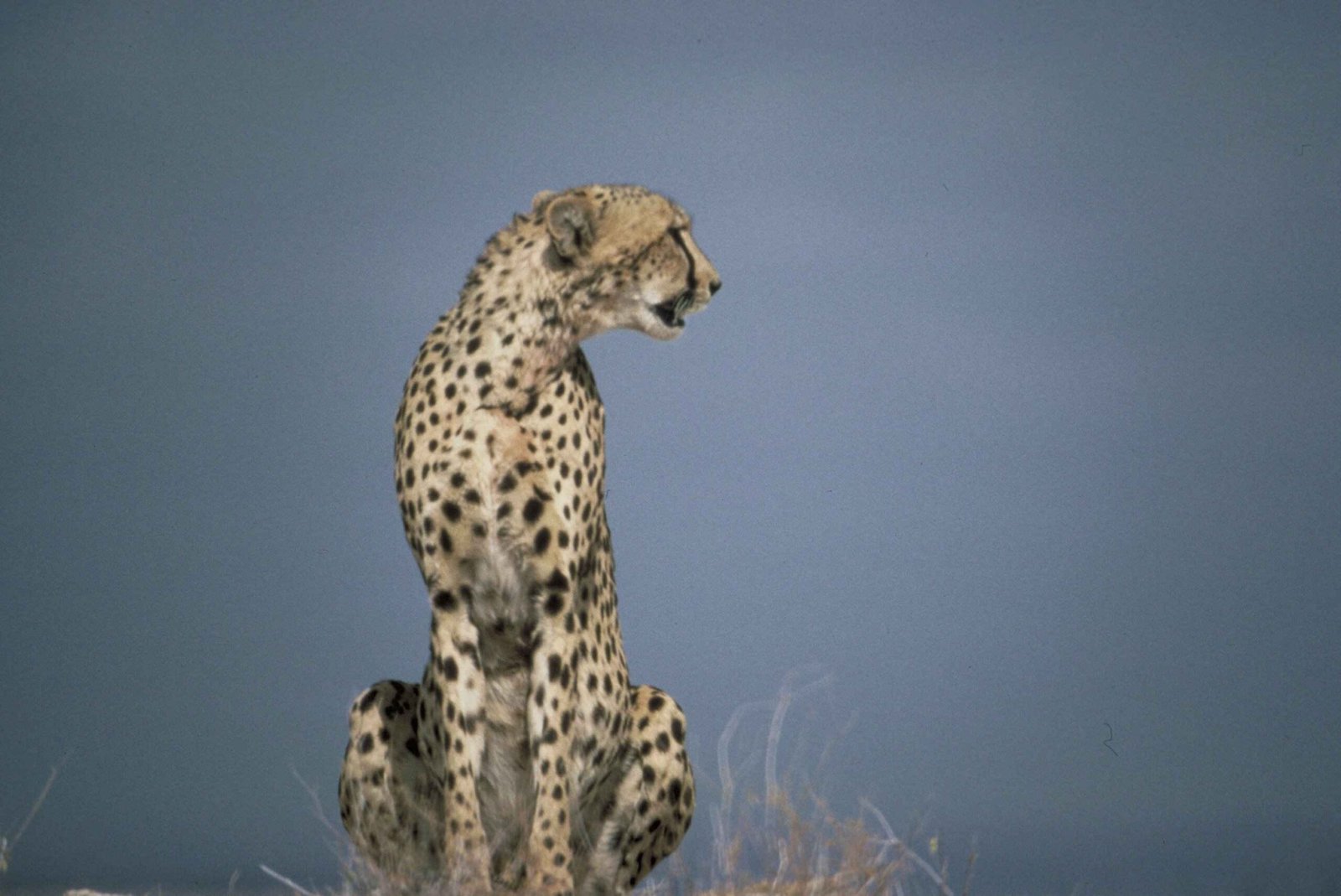
Jaguars play a crucial role as apex predators in maintaining ecosystem balance. They control populations of herbivores like peccaries and capybaras, preventing overgrazing that could damage forest vegetation. Their presence also influences the behavior of other predators, creating a complex web of ecological relationships.
Scientists consider jaguars a “keystone species”—their impact on the ecosystem is disproportionately large compared to their numbers. When jaguar populations decline, the effects ripple through the entire food web, affecting everything from forest regeneration to river ecosystems.
Navigating Human Landscapes

Modern jaguars face unprecedented challenges as human development fragments their ancient territories. Cattle ranching, agriculture, and urban expansion have reduced jaguar habitat by over 50% in the past century. These adaptable cats are learning to navigate human-modified landscapes, though not without conflict.
Some jaguars have shown remarkable adaptability, hunting at night in areas with human activity and using wildlife corridors to move between protected areas. However, human-jaguar conflicts often arise when cats prey on livestock, leading to retaliatory killings that threaten local populations.
The Mystical Connection
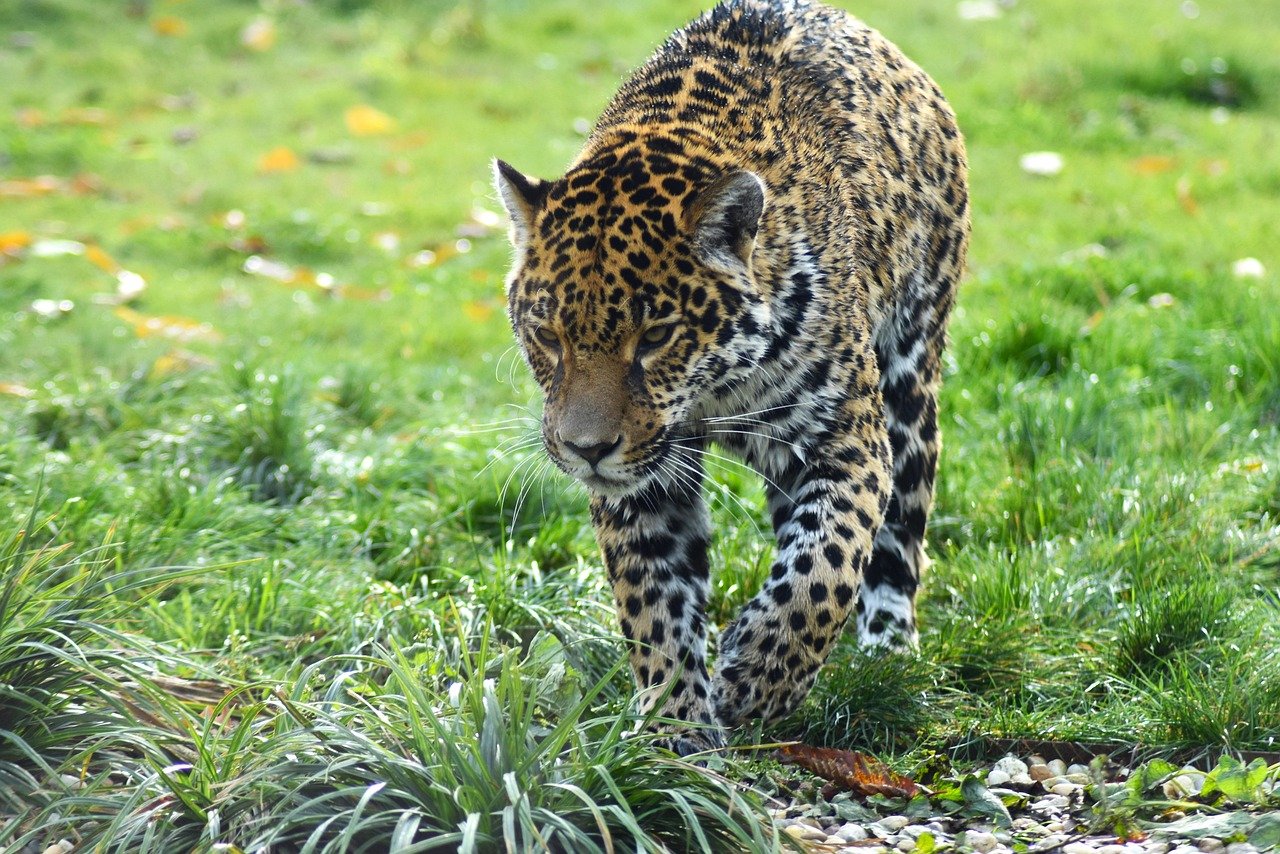
Throughout history, jaguars have held deep spiritual significance for indigenous cultures across Latin America. From the Olmec civilization to modern-day tribes, these cats have been revered as symbols of power, protection, and the connection between earth and sky. Many shamanic traditions consider jaguars to be spirit guides capable of traveling between worlds.
This cultural reverence has helped protect jaguars in many regions, where local communities view them as sacred beings rather than threats. Traditional ecological knowledge often provides insights into jaguar behavior and habitat needs that complement modern conservation science.
Conservation Challenges and Hope
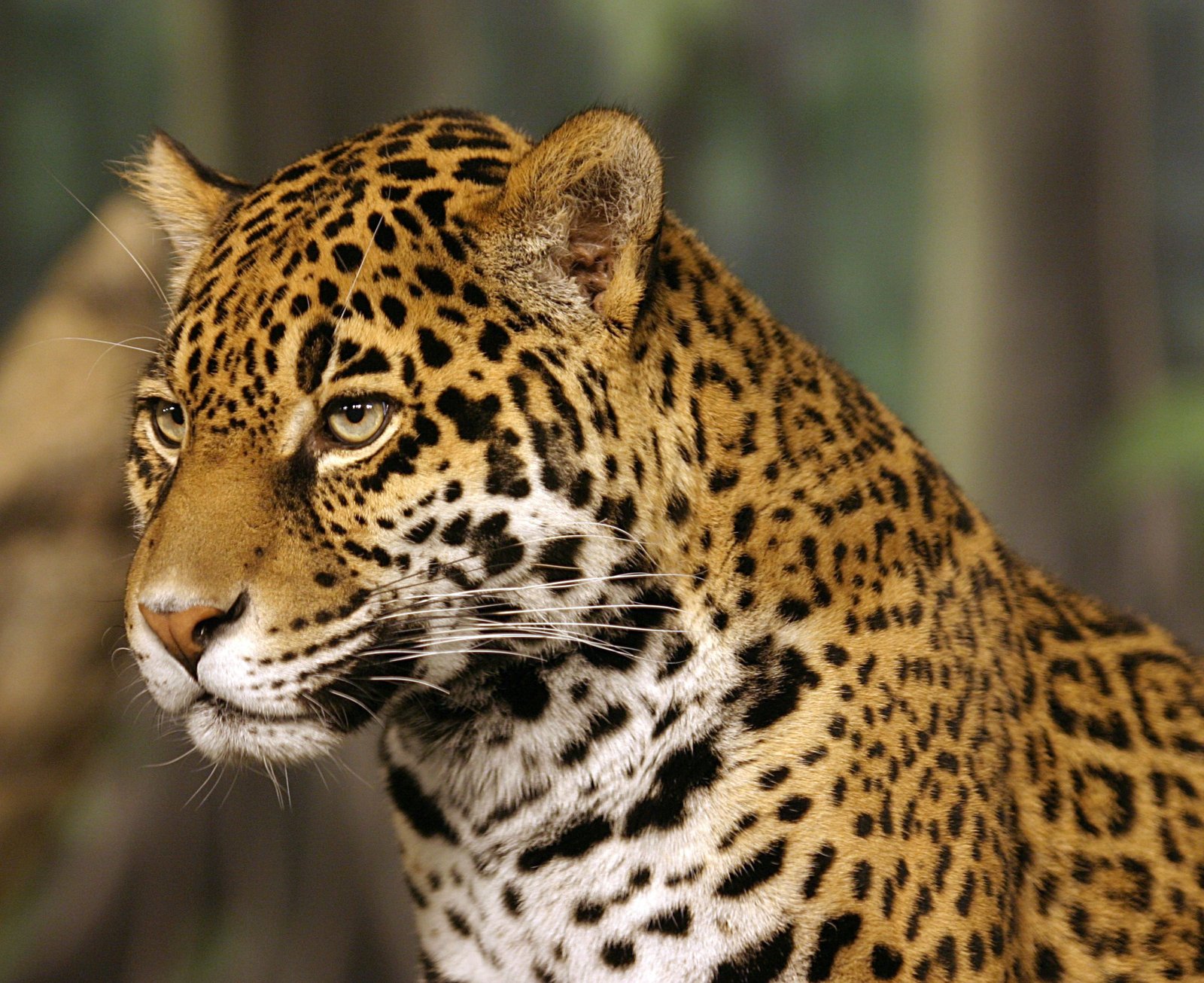
Today’s jaguar populations face a complex array of threats, from habitat loss to illegal wildlife trade. Climate change is altering precipitation patterns in the Amazon, affecting the availability of prey species and suitable habitat. However, dedicated conservation efforts are making a difference across the jaguar’s range.
Organizations like Panthera and local conservation groups are working to establish wildlife corridors, reduce human-jaguar conflict, and protect key habitats. Camera trap studies have revealed previously unknown jaguar populations, offering hope that these magnificent cats are more resilient than previously thought.
The Night Hunter’s Domain

Jaguars are primarily nocturnal hunters, using the cover of darkness to approach prey undetected. Their excellent night vision, enhanced by a reflective layer behind their retinas, allows them to hunt effectively in the dim forest understory. This crepuscular lifestyle helps them avoid the heat of the day while maximizing hunting success.
The transition from day to night in jaguar territory is truly magical. As twilight descends, these powerful cats emerge from their daytime resting spots, beginning their nocturnal patrols. Their golden eyes reflect moonlight like amber lanterns, creating an otherworldly presence in the darkened forest.
Surviving in a Changing World
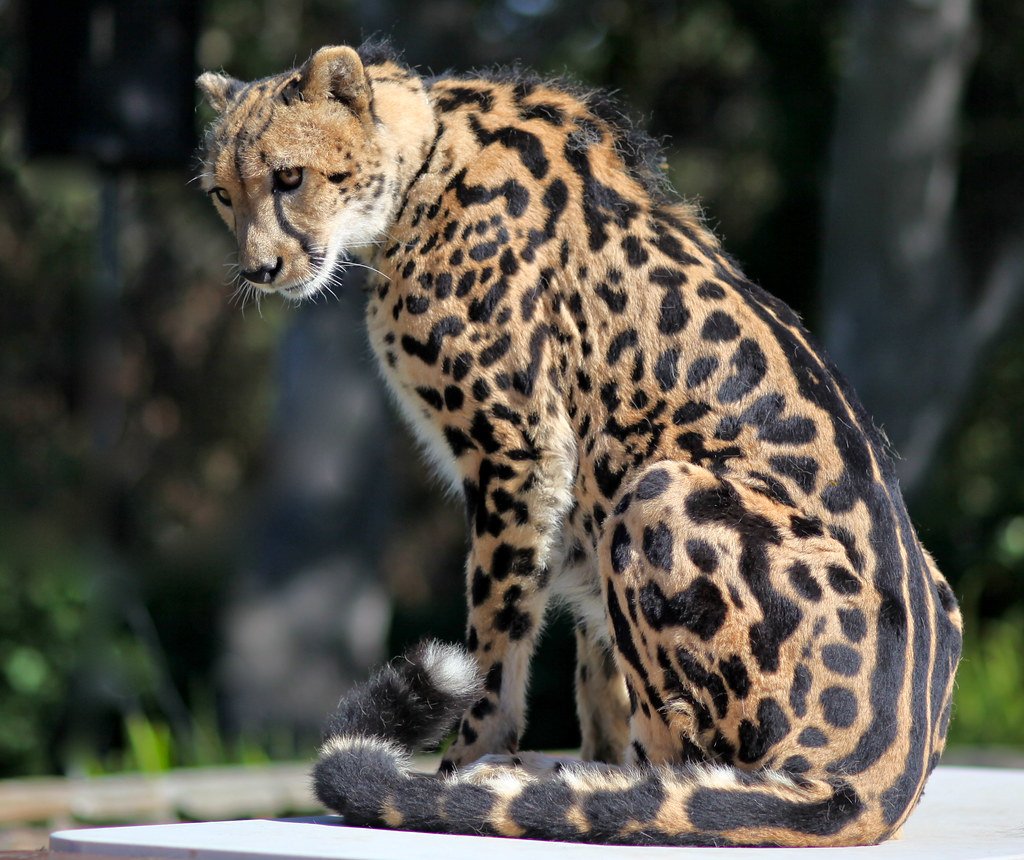
The future of jaguars depends on our ability to balance human needs with wildlife conservation. Successful jaguar conservation requires international cooperation, as these cats roam across multiple countries throughout Central and South America. Protected areas, wildlife corridors, and sustainable development practices all play crucial roles in ensuring jaguar survival.
Recent success stories from countries like Costa Rica and Belize show that jaguar populations can recover when given proper protection and habitat connectivity. These examples provide blueprints for conservation efforts throughout the jaguar’s range, offering hope for the species’ long-term survival.
The Amazon’s Living Legend
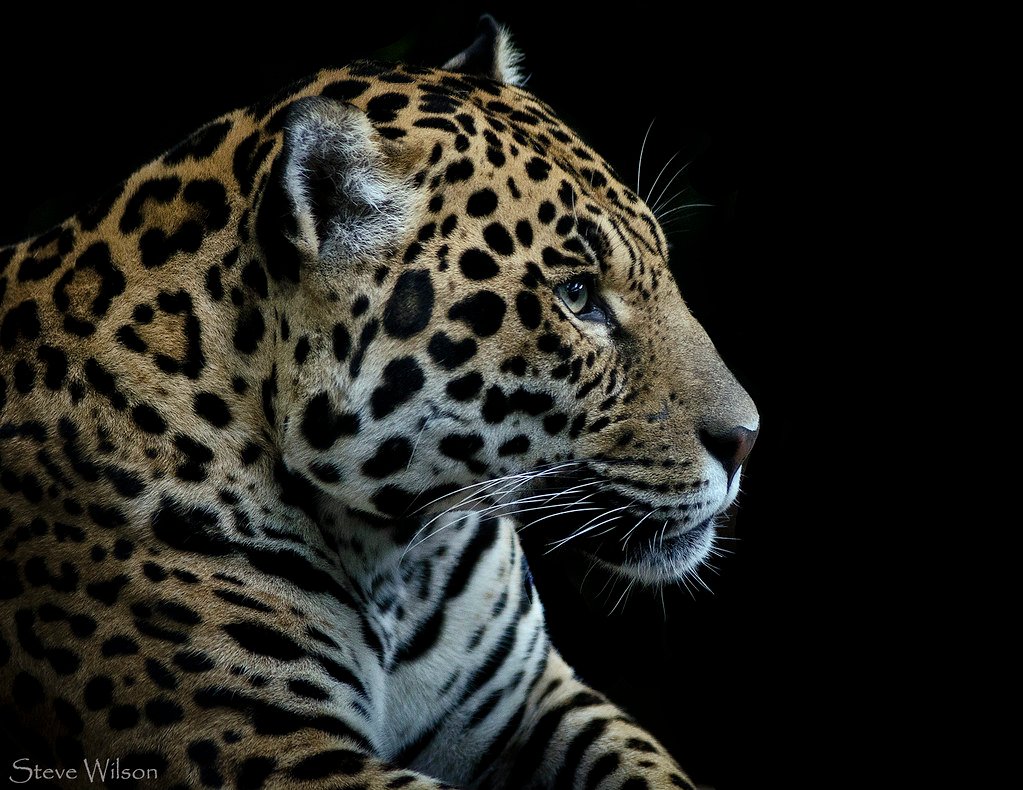
Standing at the apex of one of the world’s most biodiverse ecosystems, jaguars embody the wild spirit of the Amazon rainforest. Their presence indicates a healthy, functioning ecosystem where ancient predator-prey relationships continue to shape the natural world. Every jaguar represents millions of years of evolutionary perfection, adapted to thrive in one of Earth’s most challenging environments.
As we face an uncertain environmental future, jaguars serve as both an indicator species and a symbol of what we stand to lose. Their survival depends on our collective commitment to preserving the wild spaces that sustain not just jaguars, but countless other species that call the Amazon home. What legacy will we leave for these magnificent cats and the ecosystems they call home?
Hi, I’m Bola, a passionate writer and creative strategist with a knack for crafting compelling content that educates, inspires, and connects. Over the years, I’ve honed my skills across various writing fields, including content creation, copywriting, online course development, and video scriptwriting.
When I’m not at my desk, you’ll find me exploring new ideas, reading books, or brainstorming creative ways to solve challenges. I believe that words have the power to transform, and I’m here to help you leverage that power for success.
Thanks for stopping by, Keep coming to this website to checkout new articles form me. You’d always love it!






